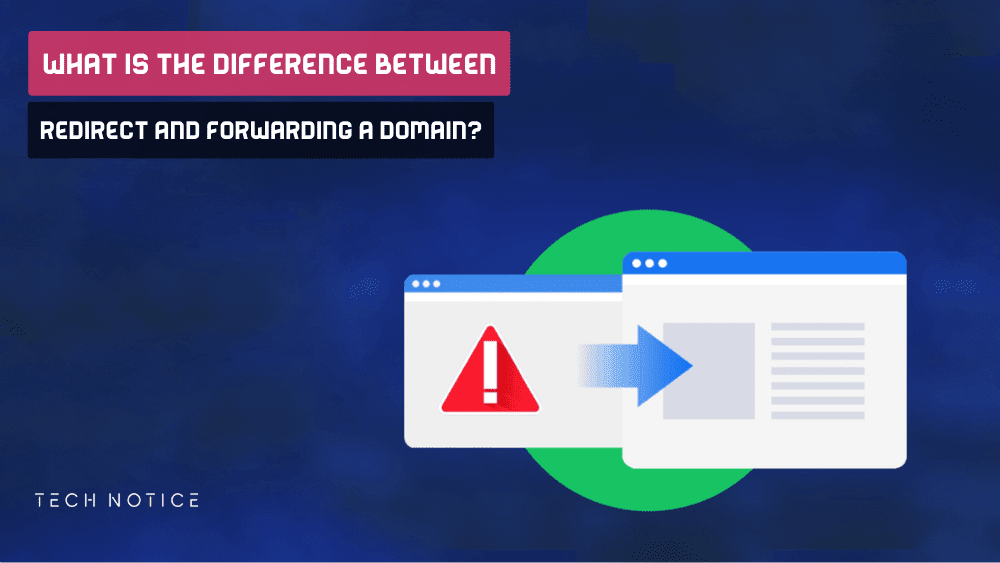# Understanding What Is Googlebot, Robots.Txt, And Sitemap.Xml

As a website owner, it is essential to understand the different componentsthat affect your website’s appearance in search engine results.
Googlebot, Robots.txt, and sitemap are the three most essential elementsthat play an important role in the indexing process of your website.
By understanding how Googlebot, Robots.txt, and sitemap work together,website owners can improve their websites for search engine visibility andperformance.
These elements are necessary to ensure that search engines can crawl andindex your website accurately on the search engine, and help youreach a wider online audience.
Managing these components effectively and knowing how they work is essentialto increase your website’s potential and stay ahead of the competition.
So, keep these essential elements in mind to ensure that your website performs well in search engine results.
Our role in this article is to explain how Googlebot, Robots.txt, and thesitemap work, and take a comprehensive look at them and know theirimportance to you, a site owner who wants to be at the top of the otherwebsite.
What is Googlebot?
Googlebot is a web-crawling robot, also known as a spider or a bot,designed by Google that visits web pages to discover and index new andupdated content on the Internet.
It is the main tool that Google uses to crawl and index billions of webpages and websites daily.
How does Googlebot work?
Googlebot follows links from one page to another, crawls through websitesand analyzes content to determine what it is about.
It collects information about keywords, images, on-page links,internal links, and backlinks, and then adds them to the Google index,making them available for search results.
Are there other search engines using Googlebot?
While Googlebot is the most popular web crawler used by Google, there areother bots used by search engines and other web services.
These bots have different names and work differently than Googlebot, butthey share the same purpose, crawling web pages and gatheringinformation.
Here are some examples of other web crawlers used by search engines:
Bingbot from Bing search engine
This is the web crawler used by Microsoft’s Bing search engine, It workssimilar to Googlebot and follows links to discover and index new web pages.
YandexBot from Yandex search engine
This is a web crawler used by the Russian search engine Yandex, crawling webpages and collecting data to add them to the Yandex.
Baiduspider from Baidu search engine
This is the web crawler used by the Chinese search engine Baidu, Itscans web pages and indexes content for Baidu search engine.
It’s important to note that not all web crawlers are created equal, and somemay not follow the same standards or guidelines as others.
As a website owner, it is imperative that you are aware of the differentbots that crawl your website and their behavior to ensure that your websiteis optimized for the search engines out there.
How do I get Googlebot to track my website?
Googlebot will automatically detect and crawl your website if it links toother websites on the Internet.
However, there are some steps you can take to help Googlebot crawl and indexyour website more efficiently:
Submit your website to Google Search Console – This free tool from Google allows you to submit your website to Google forindexing.
Once you add your website to Google webmaster, you can monitor howGoogle crawls and indexes your site, and receive alerts if it findsany issues.
Other search engines such as Bing and Yandex have their own page to trackyour site and add it to their search engine.
Bing offers the Bing webmaster page, and Yandex offers the Yandex webmaster page, both pages are free and will help you get your site visible in theirsearch engine.
What is a robots.txt file?
Robots.txt is a text file that website owners create to communicate with webcrawlers like Googlebot or Bingbot.
The Robots.txt file tells crawling bots which pages to crawl and which toignore.
The file specifies which parts of the website should not be indexed bysearch engines, making it essential to maintaining the privacy and securityof the website
How does the robots.txt file work?
The robots.txt file works by directing crawlers sent by search engines as towhere they are allowed to go and indexed and where they should not becrawled.
The file can specify which pages or directories should be excluded fromcrawling, allowing website owners to prevent search engines from indexingcertain content.
Example of a basic Robots.txt file:
Here’s an example of a basic Robots.txt file:
here is a breakdown advanced of what each of the codes in the exampleRobots.txt file means:
- User-agent: * – This code specifies that the following directives apply to all search engine bots. The “*” symbol is a wildcard that represents all user agents or bots.
- Disallow: /admin/ – This code specifies that the bots should not crawl any pages or directories under the “/admin/” directory.
- Disallow: /private/ – This code specifies that the bots should not crawl any pages or directories under the “/private/” directory.
- Disallow: /cgi-bin/ – This code specifies that the bots should not crawl any pages or directories under the “/cgi-bin/” directory.
- Disallow: /tmp/ – This code specifies that the bots should not crawl any pages or directories under the “/tmp/” directory.
- Sitemap: https://example.com/sitemap.xml – This code specifies the location of the website’s sitemap file.
What is a sitemap?
A sitemap is an XML file that contains a list of all links to pageson a website.
The sitemap helps search engine crawlers discover and index pages that maynot be found, or tell them that there are new pages on the site.
It also provides information about the structure of the website, includinghow the pages relate to each other.
How does a sitemap work?
A sitemap works by providing a roadmap for search engines to follow whencrawling a website.
Lists all pages on the website, including their location, date lastmodified, and priority level.
This information helps search engines understand the website structure andprioritize the most important pages.
FAQs
When adding any new article, the sitemap will recognize it and thus will asksearch engine bots to crawl this page.
An XML sitemap, on the other hand, is a file that lists all the pages onyour website in a formatthat is easily understood by search engine crawlers.
You can submit your sitemap to Google using Google Search Console.
Simply sign in to your account in google webmaster, select your website, andthen click on the Sitemaps tab. From there, you can add your sitemap URL andsubmit it to Google.
Conclusion
Googlebot, Robots.txt and sitemap are essential components for indexing anywebsite.
They work together to ensure that search engines crawl and index yourwebsite accurately, helping you reach a wider online audience.
By understanding how they work, you can ensure that your website isoptimized for search engine visibility and performance.

What Is The Difference Between Redirect And Forwarding A Domain?
By Zouani in - 18 Dec, 2023
What Is The Difference Between Domain Name And Hostname And Pathname?
By Zouani in - 23 Oct, 2023






